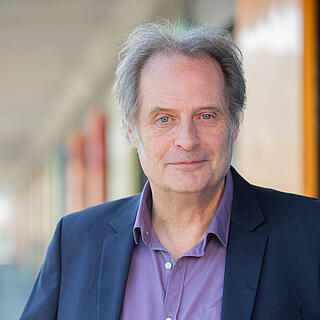Eco-Efficiency Analysis of Washing machines
Due to technological advance during the last 10 to 15 years of both washing machines and detergents, significant reductions of energy and water consumption during the use-phase of a washing machine could be realised. Although new developments in chemistry of detergents or sensor technology in washing machines may result in additional savings, future savings of energy and water consumption might be lower compared to the savings realised in the past years.
Former LCA-studies have shown, that the use-phase is dominant compared to the production or end-of-life phase of washing machines. However these LCA-results are about 10 years old and meanwhile several parameters affecting the results of the LCA may vary:
- machine technology has changed (e.g. more plastic and electronic components)
- by implementation of the WEEE-directive the end of life-management of washing machines will change,
- consumers’ behaviour and socio-demographic trends have changed.
Against this background Electrolux and B/S/H Bosch und Siemens Hausgeräte jointly commissioned Öko-Institut e.V. to carry out this study. The study aimend to answer the following questions:
1. What are the environmental impacts of a washing machine over its whole life cycle (production, distribution, use and end-of-life-treatment)? Here a life cycle assessment was conducted.
2. Does it make sense (under environmental and economic perspective) to buy a washing machine with a larger loading capacity compared to the so far “standard” 5 kg-machine?
3. What is the optimal life span of a washing machine regarding the next approximately 20 years? Here the acquisition, use and disposal of washing machines of different life span (ranging from 1000 to 5000 washing cycles) was assessed over a time span of approximately 20 years (from 2004 to 2025). To this end, future scenarios were defined with regard to the development of washing machine technology and consumer behaviour.
4. Does it make sense to further use an old washing machine or is it better (in environmental and economic terms) to buy a new one? Here washing machines in stock of different age (ranging from 1985 to 2000) were compared to the acquisition and use of a new washing machine in 2004. In the supplementary study, a general refinement and several sensitivity analyses were conducted (with regard to the use of electric tumble driers and high-end/low-end washing machines).
The study was carried out stepwise: In a first phase (February to July 2004) the tasks 1, 3 and 4 were accomplished. In a second phase (July to October 2004), some data gaps were filled and the comparison of washing machines of different size (task 2) was drawn. In a third step, commissioned by CECED (The European Committee of Manufacturers of Domestic Equipment), task 4 was refined.
